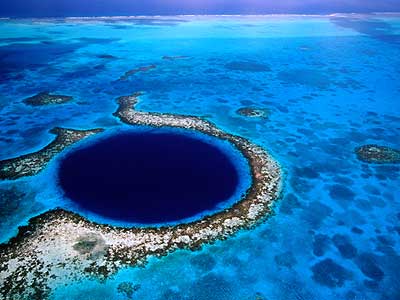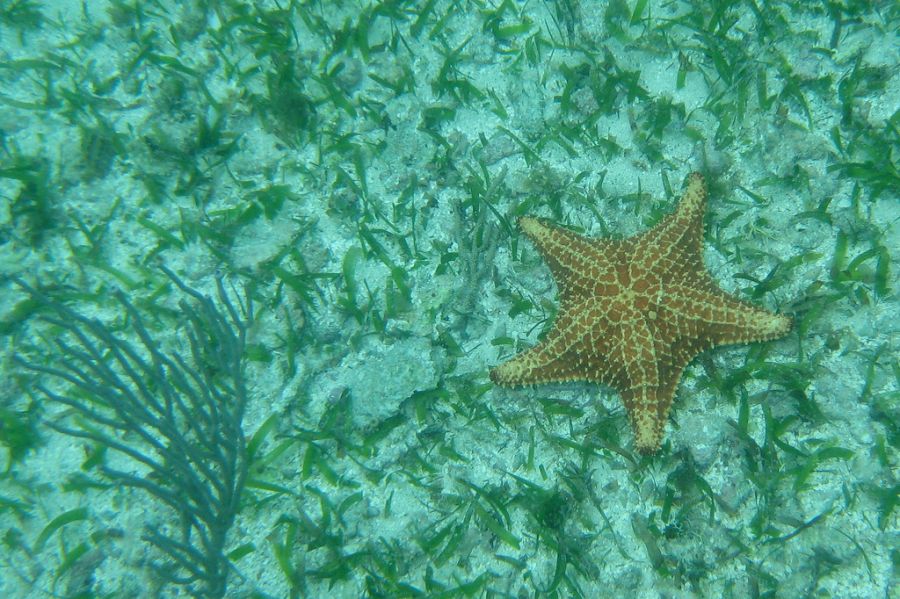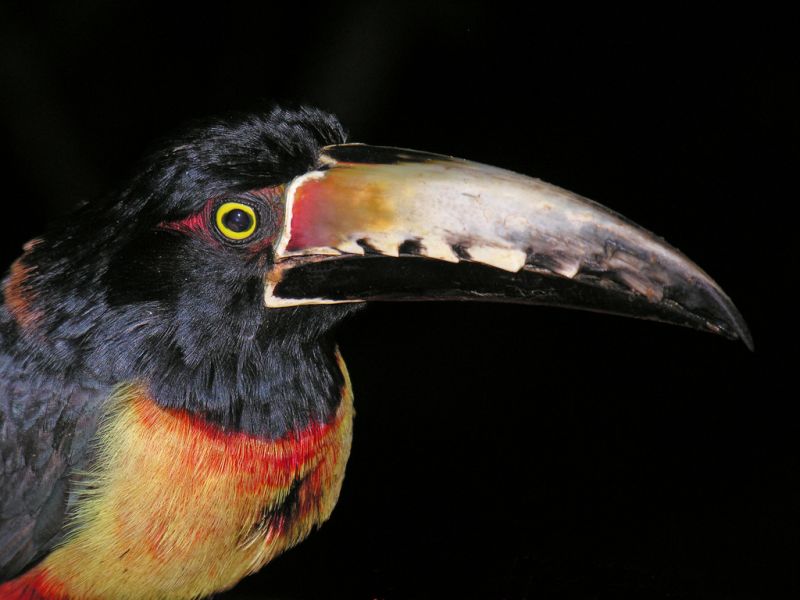V3T Team will be active from Belize in ARRL DX CW Contest, 15 - 16 February 2025.
Team - K5PI, VE7KW, VA7DX, WW0G.
Recent DX Spots V3T
QSL via WC0W, LOTW.
Previous activity:
V3T Team will be active from Belize in ARRL DX CW Contest, 17 - 18 February 2024.
Team - WC0W, K5PI, VE7KW, VA7DX, WC0T.
They will be in Multi Single Category.
John, WC0W also has the call sign V31TP.
Before the contest they will be active as - V31TP, V31AT, V31IT, V31WK.
QSL via WC0W, LOTW.
Ads for direct QSL:
JOHN T PATTERSON, 2900 CANTABERRY DR, JEFFERSON CITY, MO 65109, USA.
K5PI will be active as V31AT.
Belize is the ancient homeland of the Maya
Belize is a small country of less than 23,000 km2, located on the Yucatan Peninsula in Central America. In the southwest it borders Guatemala, and in the north neighbors with Mexico. Its eastern coast is washed by the waters of the warm Caribbean Sea.
It is a land of marshy lowlands and tropical forests, a land once inhabited by the mysterious Maya people, who left behind a unique culture and archaeological monuments of the pre-colonial era.

Ancient stargazers
One and a half thousand years before the discovery of the New World by Europeans, the lands on the Yucatan Peninsula were inhabited by Mayan tribes, who achieved incredible success in astronomy, mapping of the starry sky and calendars. By the end of the 9th century, the number of Indians, occupying mainly the western regions of modern Belize, reached 400 thousand people. By the way, the current name of the country, probably derived from the Mayan word be'lix - “muddy water”. So the aborigines named the river that flowed along their settlements.
After a century, most of the tribes traveled to the northern regions, leaving the settled places, the rest went to the southern mountains. In the early 16th century, the Spanish landed on these shores, clashing with the Maya, who maintained their independence until 1697.
 Belize. Author - Jo McLure.
Belize. Author - Jo McLure.
Pirate raids
The Spanish advancement in the region was also hindered by Scottish pirates and the British, who favored convenient bays for their schooners and frigates. The corsairs displaced the conquistadors, giving the British the green light. In 1638 they established their settlement in the bed of the Belize River and began mining valuable species of trees: sandalwood and redwood.
For a long time England made no attempt to assert its sovereignty over these territories. The colonists independently developed the lands, repelling Spanish attempts to regain control of them. In 1798, the Spanish sent a fleet to subdue the settlers, but failed. Half a century later, the British intensified their activities on the Yucatan Peninsula, declaring British Honduras (modern Belize) their overseas colony. For cultivation of lands and extraction of wood in the country began to import blacks from the island of Jamaica, as well as Indians and Chinese from the Asian region.
In the 1930s, the local economy stagnated due to declining demand for valuable timber in Europe. In 1973, the state was renamed Belize. Eight years later it gained independence from the British.
 Collared Aracari Toucan, taken at DuPlooy’s Jungle Lodge, Belize. Author - Dennis Jarvis.
Collared Aracari Toucan, taken at DuPlooy’s Jungle Lodge, Belize. Author - Dennis Jarvis.
Formidable Caribbean hurricanes
The country is characterized by a tropical climate with prevailing northeasterly winds. The trade winds cool the coastal areas of Belize, where the temperature of air masses is between +25-27 C ° in the summer months and +19-23 C ° - in winter. Areas away from the sea can warm up to +36 C°. Winds bring rainfall. The amount of precipitation during the season varies from 1300 to 4000 mm. Most of it falls in the southern regions of the country between April and July.
The Caribbean Sea is a source of constant natural disasters for Belizeans. Devastating hurricanes regularly unleash their power on coastal areas. In 1970, the elements almost completely destroyed the then capital of the state - Belize City, built near the coast.
Lake District
The northern regions and central lowlands of Belize are occupied by small lakes and lagoons. Swampy areas neighbor with rivers and channels. In the south lie the Maya Mountains, whose height does not exceed 1100 meters. There are few settlements here due to the inaccessibility of the terrain.
The western and northern provinces are covered with coniferous and deciduous forests, which cover more than half of the country. Mangroves can be found near the coast. Deep River and Mountain Pine Wildlife Refuges in the central region are home to iguanas, armadillos and rare jaguars. Parrots roost in the tree crowns and hummingbirds gather sweet nectar from fragrant flowers. A chain of reef islands stretches along the shore, sheltering flocks of tropical fish, crustaceans and green turtles.
Descendants of an ancient people
In the central and western regions of Belize and today you can find half-destroyed temples of the Maya. Step pyramids Shunantunich, stone altars and altars Altun-Ha, the ruins of palace complexes in Caracol. In the ancient city of Lubaantun, in the south, was found the famous crystal skull, which gave rise to many hypotheses.
Today Belize is home to about 322,000 people, 10% of whom are descendants of the Mayans. The city of Belmopan was built away from the sea and hurricanes in just 12 years. It took over all the functions of the former capital of the state - Belize City. Locals are employed in the tourism industry, as well as in fishing and timber harvesting. The country is an international offshore zone.
Belize is the birthplace of the mysterious Maya!

